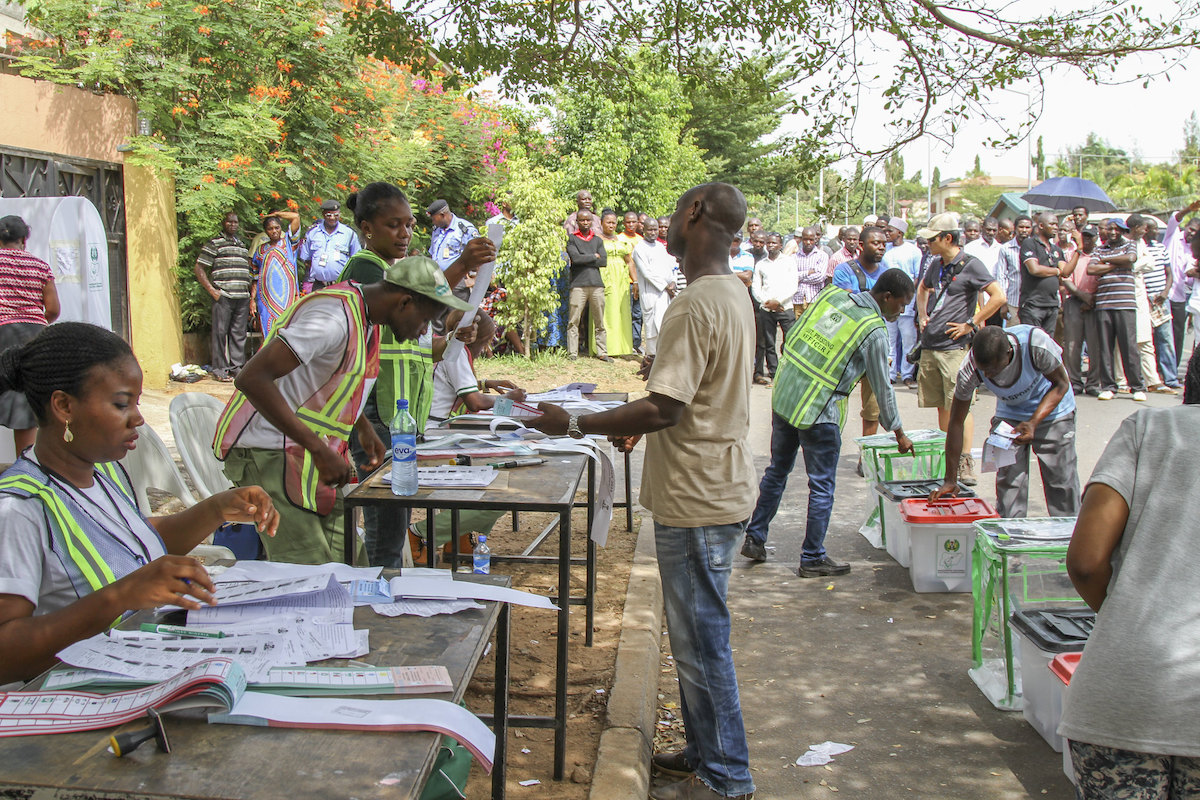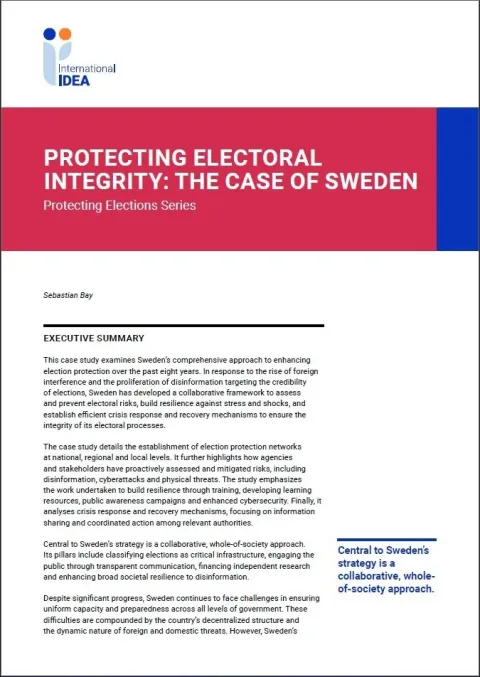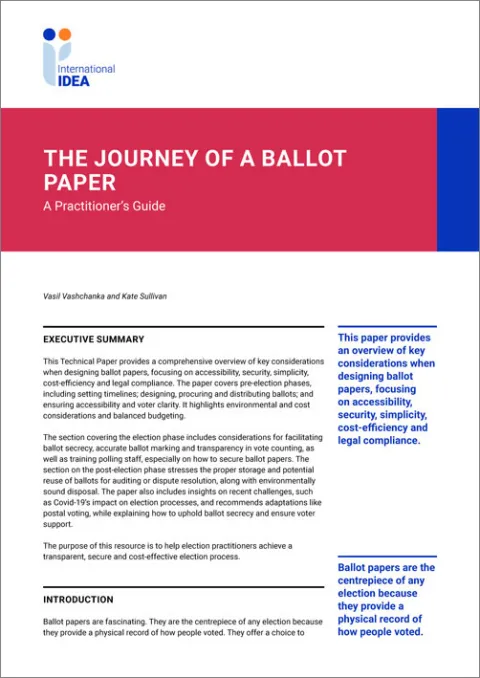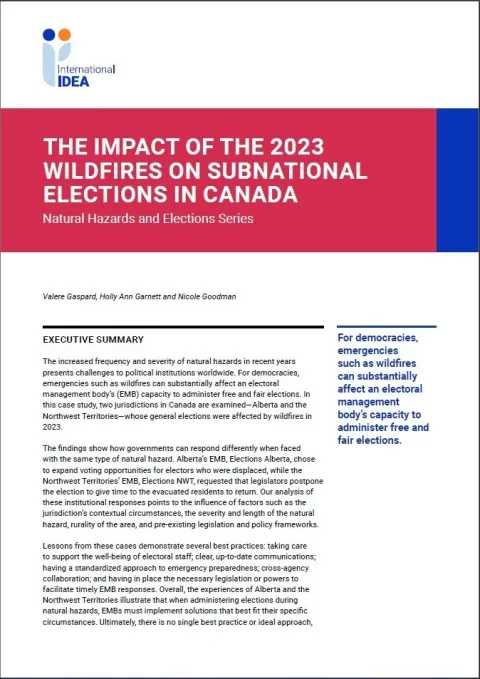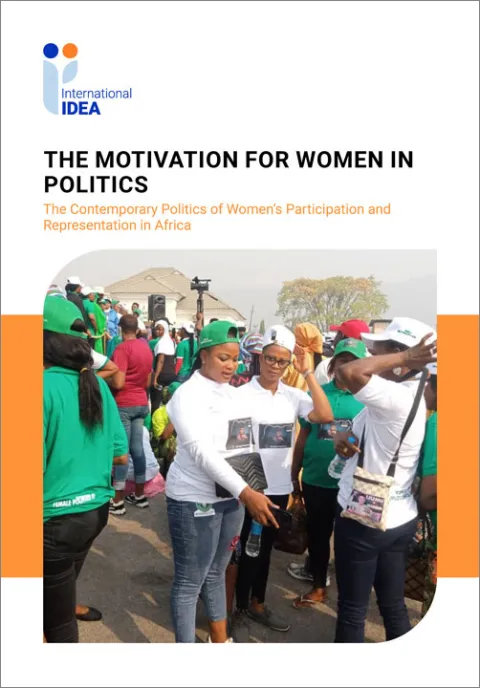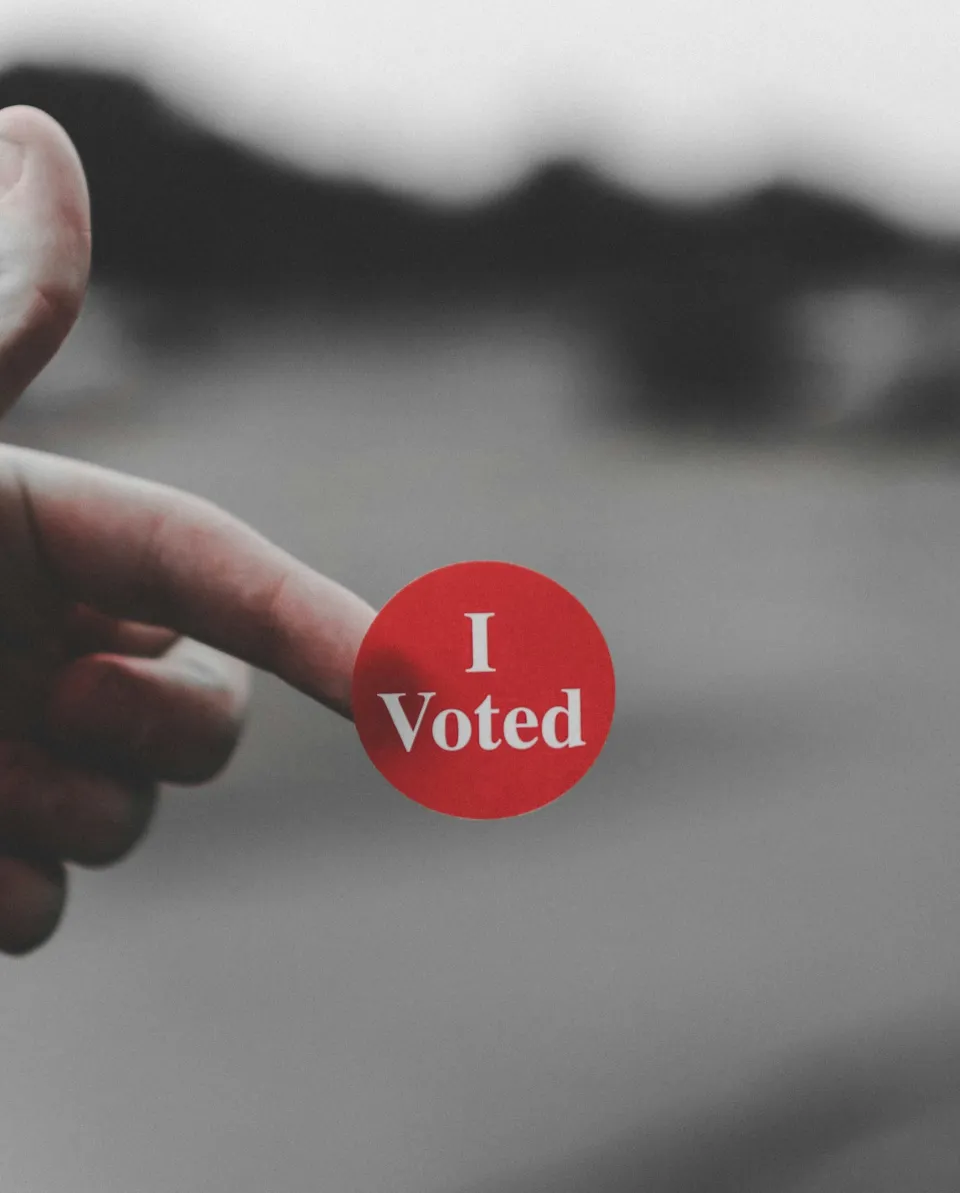Designing for Equality
Today, the average proportion of women members of parliaments stands at a mere 17.2 per cent. Only 19 countries in the world have achieved the goal of 30+ per cent women’s representation in national legislatures, a goal which was adopted by the Beijing Process in 1995.
There are two important variables that affect women’s political representation: the electoral system and the use of quotas for women. Combined in different ways, these variables have different results on women’s participation.
Designing for Equality provides an overview of how electoral systems function with different kinds of quotas for women. It assesses how women’s representation can be increased under different combinations of electoral systems and quotas. This publication aims to serve as a reference tool for all those who work to increase women’s representation in politics.
Details
Related databases & tools
Contents
Introduction and background
What are electoral systems?
What are quotas?
Electoral system variables which impact on the representation of women
Combinations of electoral systems and quotas: the results
Other variables that impact on the representation of women
Conclusions and recommendations
Notes
Further reading
Glossary
Annex A. Electoral Systems of the World (Map)
Annex B. Overview of combinations of electoral system and quota types
Give us feedback
Do you have a question or feedback about this publication? Leave us your feedback, and we’ll get back to you
Send feedbackDesigning for Equality
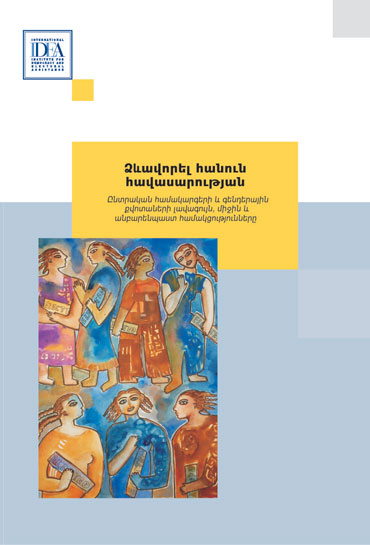
| Total views | 1615 |
|---|---|
| Downloads | 0 |
| Rating |
Related databases & tools
Give us feedback
Do you have a question or feedback about this publication? Leave us your feedback, and we’ll get back to you
Send feedback

